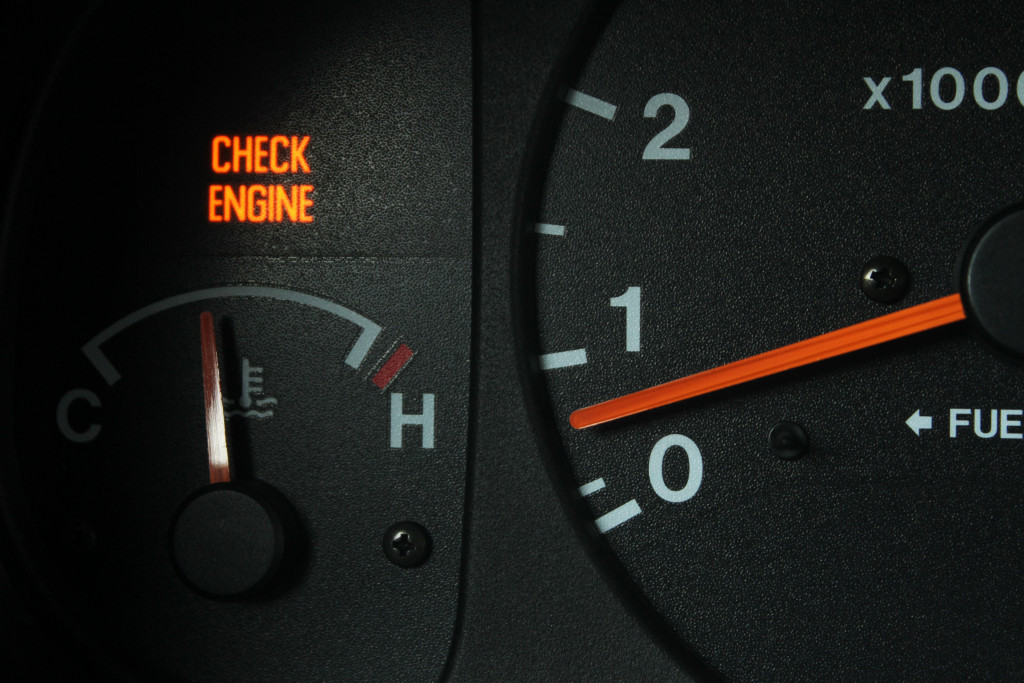There’s nothing more frustrating than having your car break down on you. Emergency car repairs often take precious time out of your busy schedule, not to mention the money you have to spend to get everything back in working order. However, you could have avoided all of this if only you had taken better care of your car.
Most motorists only get their car checked when there’s a problem. Any mechanic would tell you that the best way to keep your vehicle in working condition is to perform preventive maintenance regularly. It’s the only way to prevent small issues from turning into bigger ones. You have to go under the hood to check for problems with your Subaru timing belt kit and other car parts.
1. Read car literature
Auto mechanics can often be trusted in matters relating to vehicle maintenance. Still, with thousands of models on the market, they can’t be expected to know everything about your particular car. The first thing you should do before an inspection is to read the car’s service manual.
The service manual should contain detailed diagrams and specifications of the vehicle’s inner workings. If you have any questions about your car, the manual is your first go-to reference. After all, who better to ask about your vehicle than the company that made it. Once you’ve read the manual from front to back, then you can begin the inspection process.
2. Tires
Tires have to be kept in good condition to ensure safe driving conditions. One burst tire could land you in the hospital, so you need to inspect them quite often. Start by checking the tire pressure.
If the tires are underinflated, they could wear out faster, and your vehicle has to use more fuel to compensate. On the flip side, overinflated tires have reduced traction and affect your car’s suspension.
Inspect the tires at least once a week to ensure that they are correctly inflated. Monthly tire rotations can prolong the service life.

3. Lights
The lights are one of your car’s most important safety features. Drivers often take them for granted, but try driving through a snowstorm or a dense fog, and you’ll quickly realize how essential they are.
Don’t wait until the bulbs burn out before replacing them. If you notice that the lights are dimmer than usual, it could be a sign that they’re close to burning out. Check every light in the vehicle, including the interior lights, at least twice a month. It pays to keep a few spare bulbs in your car in case one burns out while you’re on the road.
4. Windshield wipers
Another safety feature you need to maintain is the windshield wipers. Without them, you won’t be able to keep the windshield clear in low-visibility conditions. Wiper blades may have to be replaced at least once a year, depending on the frequency of use.
Regular inspections and small repairs now and then go a long way in keeping your car in excellent condition. Before anything else, read the user manual first. You also need to regularly check the state of the tires, car lights, and windshield wipers.

